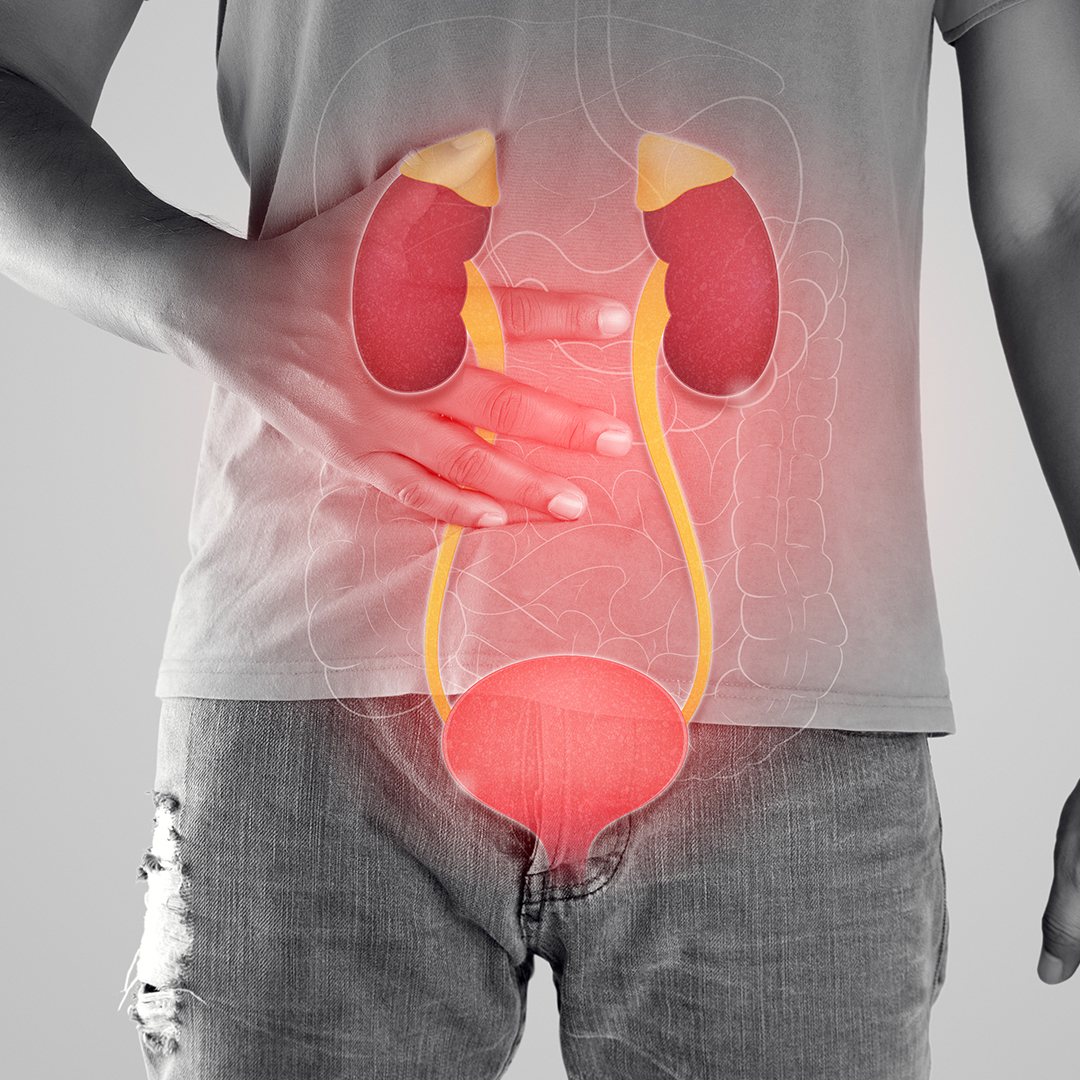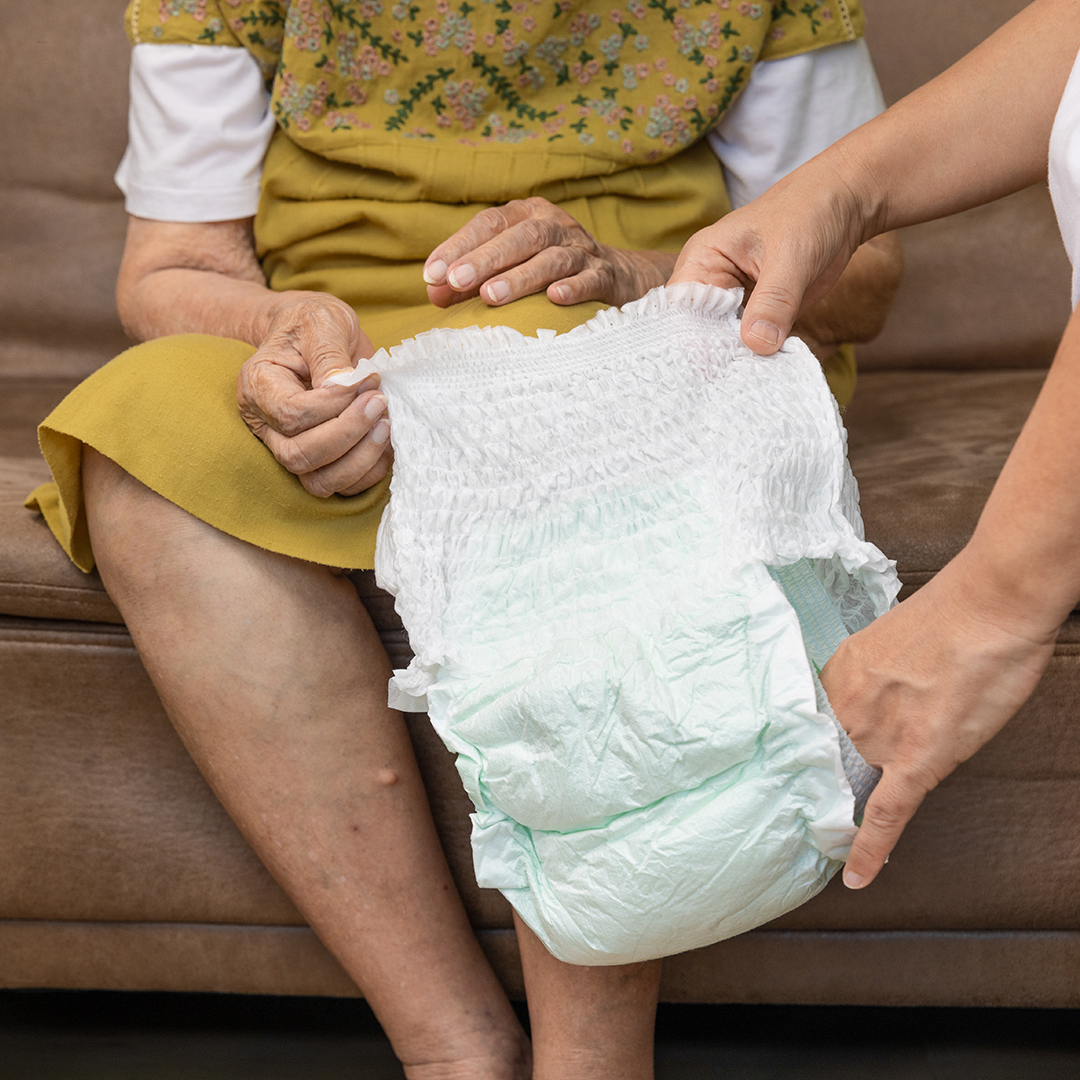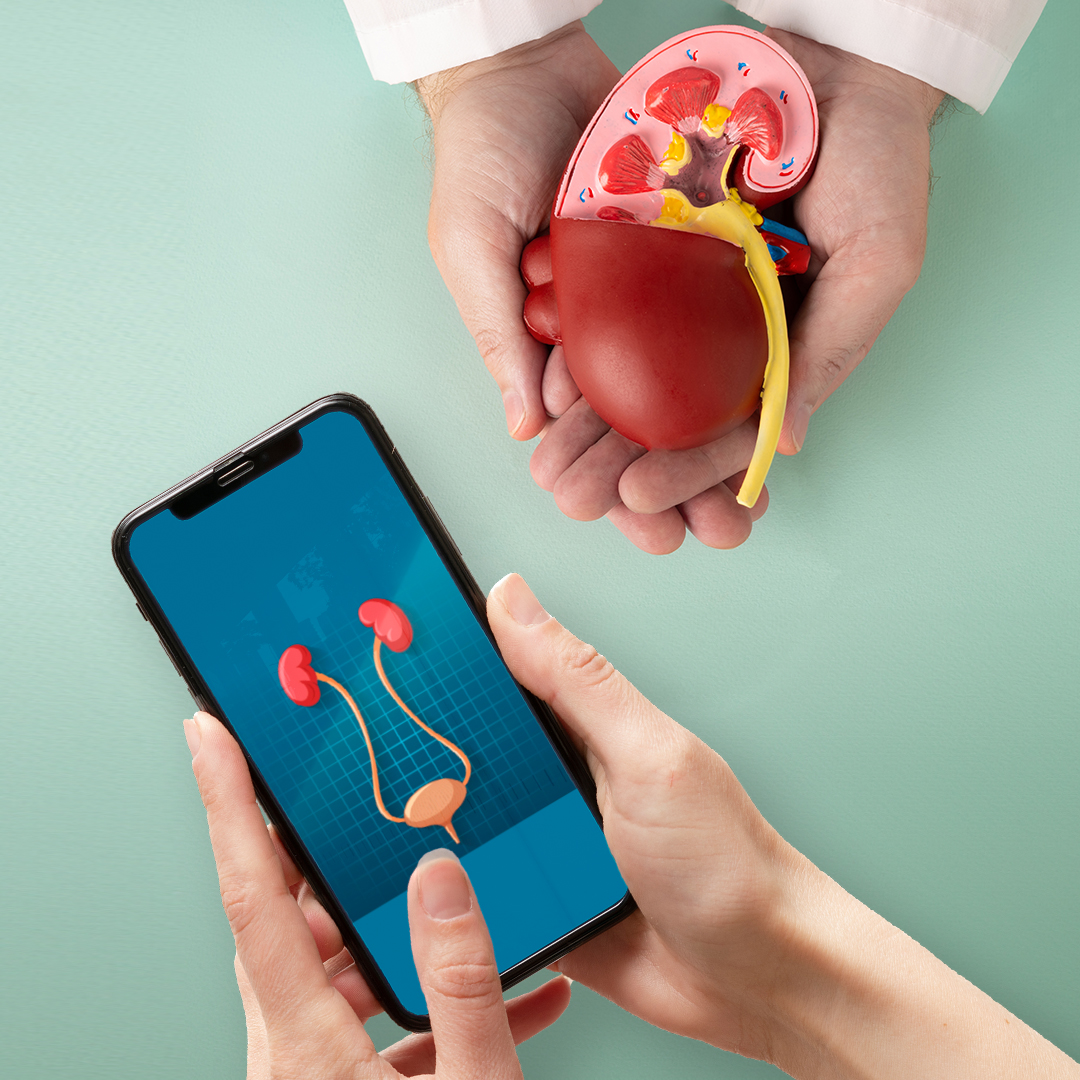Integrating Technology in Urinary Incontinence Management
This blog gives a quick overview of urinary incontinence and sheds light on the technology solutions contributing to more effective and personalized management strategies.
Losing control over the excretion of urine is embarrassing and limiting. This traumatizing health condition, known as urinary incontinence, affects over 13 million Americans. Approximately 50% of these are older women living in nursing facilities. The severity and impact of urinary incontinence depend on the type and cause. Chronic urine leakages can affect patient independence.
Managing urine leakage is a sensitive topic approached with great caution. Remember, the wrong products or approaches can worsen the condition. Today, there are better technologies and products for managing this condition. However, you must understand certain crucial things before making a decision.
The Role of Technology in Urinary Incontinence Management
Technology solutions play a crucial role in transforming the landscape of urinary incontinence management, providing innovative solutions to enhance the quality of care. Smart wearables, such as sensors and intelligent diapers, offer real-time monitoring, empowering individuals and caregivers with timely insights.
Mobile applications designed for tracking and management streamline the monitoring process, facilitating personalized exercise programs and timely reminders.

Biofeedback devices contribute to muscle strength improvement through guided pelvic floor exercises, while telehealth platforms bridge accessibility gaps, allowing remote consultations and monitoring.
Electrical stimulation devices provide technological interventions to enhance pelvic floor muscle tone. Implantable solutions, like sacral neuromodulation systems, offer long-term management options. Smart toilets equipped with sensors analyze health indicators, contributing to a more comprehensive approach to urinary incontinence care.
Furthermore, virtual reality and augmented reality technologies add an engaging dimension to rehabilitation exercises. The integration of these technological advancements not only improves monitoring and management but also empowers individuals to take an active role in their urinary incontinence care.
5 Vital Factors to Note Before Making a Choice
1. Adult Diapers are the Most Prevalent Incontinence Control Products

Adults battling the inability to control their urine appreciate the power of adult diapers. These incontinence products help you discreetly manage the condition. They give you a sense of self-worth, protecting you against the shame of having urine leaking in public places.
Adult pullups, popularly known as disposable undergarments, have the same build structure as standard undergarments but with a wristband.
You can pull them up and down to achieve your desired comfort level. They are highly absorbent and easy to use. Diapers are ideal for managing moderate and heavy urine leaks.
Unisex diapers are most common for their anti-bacterial and high-absorbance qualities. Tape-on diapers and pad-style options are slowly gaining traction. However, their application depends on the wearer’s condition and intended achievement. Consider the severity of the user's incontinence and waist size when choosing adult diapers. You have to get a diaper product that fits comfortably and meets all the absorbency needs of the user.
2. Many Incontinence Management Technologies Exist
Diapers are not the only technology perfected for streamlining the management of urinary incontinence. Many other devices give you control over urine leaks and enable you to rebuild your social life. Urethral inserts fit snugly into your urethra, blocking the flow of urine. You can remove it when urinating and get it back. A pessary fits into your vagina, supporting the bladder and vaginal walls to prevent urine leakage.
You can get a sacral nerve stimulator implanted to support the nerve running from the spinal cord to the bladder. It releases electrical pulses to stimulate this nerve and control the bladder.

Botox injections help treat an overactive bladder. You could also get bulking agents injected into your urethra tissues to help control the closing of the urethra and prevent urine leakage.
3. Technology Makes Urinary Incontinence Less Bothering
When urinary incontinence knocks, you have to make challenging lifestyle adjustments. You might have to cut down on your social meetings, avoid some friends, and stop drinking and smoking. You will have to learn to live on absorbency products. Severe cases may force you to live at the mercy of a caregiver or nurse. However, with advanced technologies, you can enjoy your independence and live like before.
Absorbent products fit comfortably and help you manage the condition confidently and discreetly. Only you will know about your urine leakage problem unless you tell someone. PFMT devices prevent the frequency of accidental urine leaks and help train your bladder. Bladder sensors are highly effective tools that give you signals when the urine is about to leak. These devices give you better control over your urine leak. They help you to live independently and have a better social life.
4. There Are Apps For Managing Urinary Incontinence

Recent years have seen the development of top-tier apps for aiding with pelvic floor exercises and bladder training. They are highly significant alongside other conservative management techniques. Studies have shown that using mobile apps for pelvic floor muscle training is a valid approach to improving urinary incontinence.
Apps help users adhere to treatments and focus on training their bladder. An app like Kegel Trainer equips you with video and audio information, vibrating, and on-screen commands to help you focus more on your pelvic floor muscle-strengthening exercises.
Bladder Pal connects you with your healthcare provider to better track the performance of your bladder daily. Many other apps are available to help you improve your urinary incontinence treatments.
5. Technologies for Urinary Incontinence Management are Unique
One wrong assumption about urinary incontinence management technologies is that they generate similar results. All apps and devices built intentionally to help you control urine leakage have a distinct user intent. They all target patients with different types of urinary incontinence. For this reason, when deciding on the technology to use, it is best to consult your doctor.
Your doctor has top-notch diagnosis technologies and will know the severity of your condition. They will recommend the best treatments based on the diagnosis data and the level of care needed.
Wrapping Up
Urinary incontinence control technology is here to stay, and the best you can do is to adopt it. Whether it is a family member or a friend suffering from urine leakage, you should recommend the best technology to improve their condition. Many apps, diaper types, and devices are available to manage this embarrassing condition.
However, talking with your doctor first for a more personalized treatment approach is critical. That will guarantee the best treatment approach and better control over the condition.
Are you brimming with a great healthcare app idea? Collaborate with us to get your idea materialized with a qualified team of software developers.


